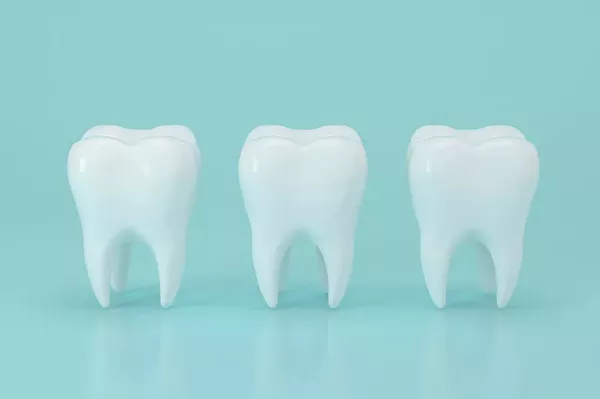Orthodontic treatments, such as braces, can be a significant expense for many individuals and families. The good news is that there may be potential tax benefits associated with orthodontic expenses, allowing you to ease the financial burden of achieving that perfect smile. In this comprehensive guide, we’ll explore the possibilities of writing off orthodontic braces on your taxes, providing you with valuable insights into the tax implications and potential deductions you might be eligible for.
1. Understanding Medical Expense Deductions
To determine whether you can write off orthodontic braces on your taxes, it’s crucial to grasp the concept of medical expense deductions. The Internal Revenue Service (IRS) allows taxpayers to deduct qualified medical expenses that exceed a certain threshold from their taxable income. As of 2021, the threshold is 7.5% of your adjusted gross income (AGI).
2. Eligible Expenses for Deductions
Orthodontic braces can potentially qualify as a deductible medical expense, but there are some key conditions to meet. These conditions include:
a. Medical Necessity: Orthodontic treatment must be deemed medically necessary. This determination is usually made by a qualified healthcare professional.
b. Prescribed by a Professional: You must have a prescription or recommendation from a dentist or orthodontist.
c. Proof of Payment: Ensure you keep detailed records and receipts of all orthodontic expenses.
d. Exceeding the Threshold: Your orthodontic expenses must surpass the 7.5% threshold of your AGI to be eligible for deductions.
3. Types of Orthodontic Expenses You Can Deduct
When considering writing off orthodontic braces on your taxes, it’s essential to know which expenses are deductible. Eligible orthodontic expenses can include:
a. Braces Installation: The cost of having braces put on is considered an eligible expense.
b. Adjustments and Maintenance: Expenses related to adjustments, check-ups, and routine maintenance are deductible.
c. X-Rays and Diagnostic Tests: Costs for X-rays and diagnostic tests required for orthodontic treatment may also be deductible.
4. FSA and HSA Contributions
Another avenue to explore when it comes to tax savings on orthodontic expenses is your Flexible Spending Account (FSA) or Health Savings Account (HSA). Contributions to these accounts are typically made with pre-tax dollars, which means you can use this money for eligible medical expenses, including orthodontic treatments, without paying additional income tax.
5. Keeping Meticulous Records
To maximize your potential tax benefits and ensure a smooth filing process, it is imperative to maintain meticulous records of your orthodontic expenses. This includes invoices, receipts, and any relevant documentation from your healthcare provider. Having these records readily available can help you substantiate your deductions and prevent potential audits.
6. Consult a Tax Professional
Navigating the complexities of tax deductions can be challenging, especially when it comes to medical expenses like orthodontic treatments. It is highly advisable to consult with a tax professional or accountant who specializes in healthcare-related deductions. They can provide expert guidance, ensure compliance with IRS regulations, and help you maximize your potential tax benefits.
In conclusion, while it is possible to write off orthodontic braces on your taxes, it’s crucial to meet certain criteria and maintain thorough records of your expenses. Deductions can significantly alleviate the financial burden associated with orthodontic treatments. However, to ensure that you’re making the most of available tax benefits and staying within legal boundaries, it’s wise to seek professional tax advice. With proper documentation and expert guidance, you can take full advantage of potential deductions, making your journey to a straighter, healthier smile a more affordable one.
Related Links:
Does brace change your face shape?
How to clean orthodontic retainers?
Why do dentist put rubber bands between teeth?































